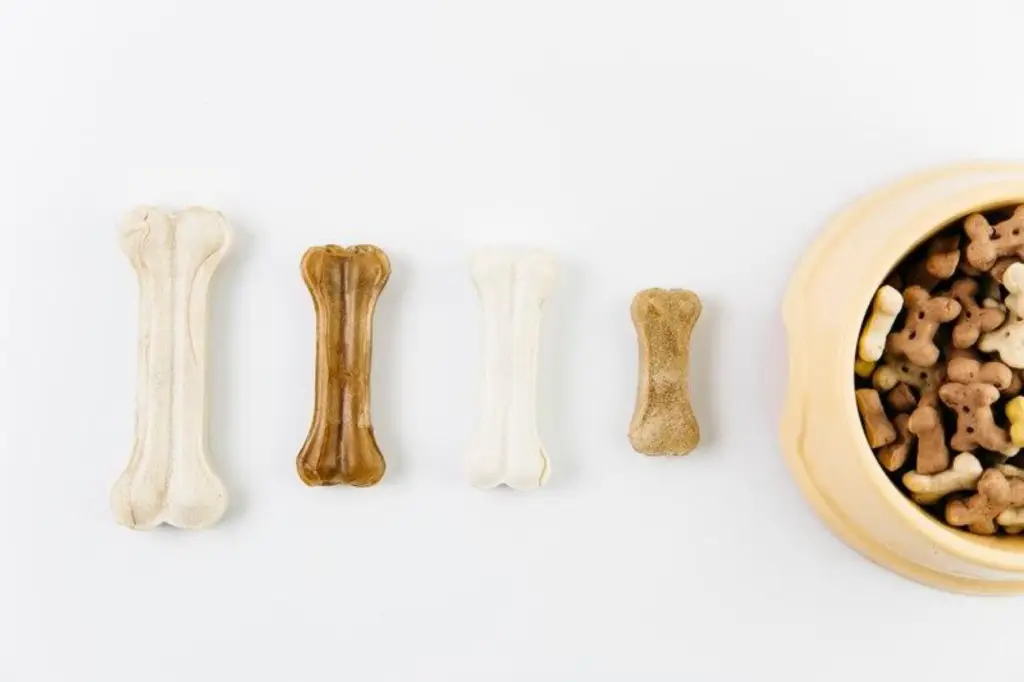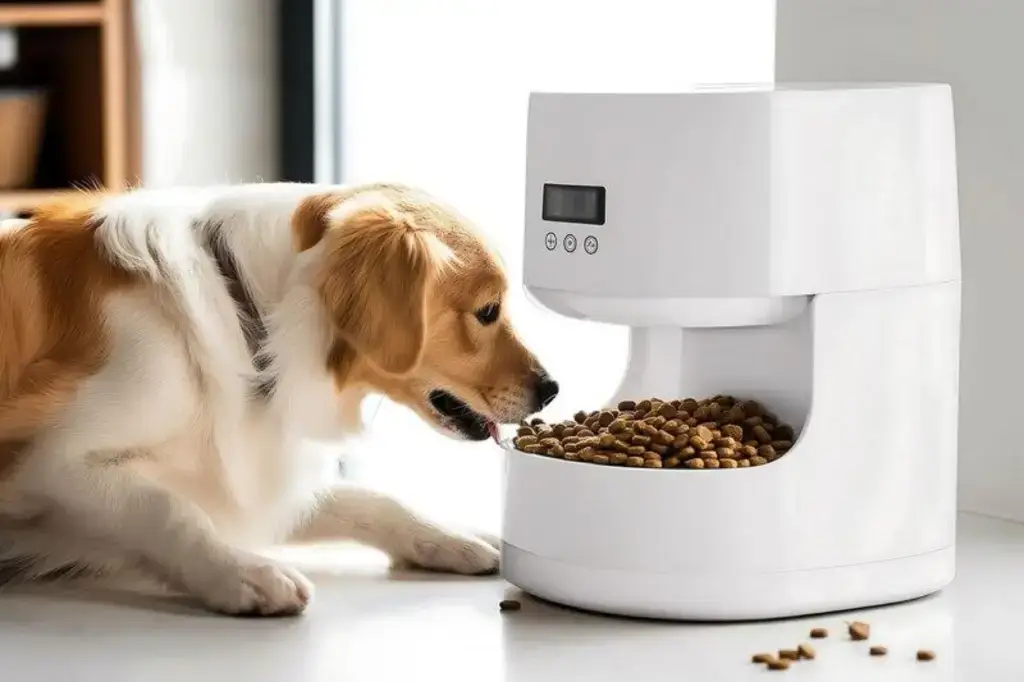
If you’ve been a pet owner for a while now, then you might already be accustomed to the types of dog food available on the market. There are many options out there one can choose from, but Royal Canin dog food is generally regarded as one of the better options you can go for. It is not just us saying so, there are multiple respectable sources praising the brand, and rightfully so. You can find this brand at any pet shop, but before you go buy it, let us show you why it is one of the best options out there.
Why the Size of Your Dog Matters
- Small dogs: if a dog weighs between 1 to 10 kilograms, they are considered small. Small dogs have faster metabolisms and they burn energy much faster than larger dogs. Because of this, their alimentation requires higher calorie content per kilogram of body weight. It is also important that their food is sold in small kibbles so that it fits their small mouths and doesn’t overwork their jaws.
- Large dogs: if a dog weighs anywhere between 25 to 55+ kilograms, then they fit the large and giant category. This specific category of dogs requires special attention. Not only is their metabolism slower than that of smaller dogs, but they often go through joint issues. It is crucial that the food made for these dogs contains joint-supporting nutrients and the size of the kibble also matters because if it is too small it may cause gulping.
Why the Breed of Your Dog Matters

Now that we know why the size of your dog is important in choosing their food, we should look into breed-specific needs.
- Some dogs are prone to gain weight. Can you guess which breeds? We’re talking about Labradors and Beagles. Yes, a large and a small dog. They require weight-management formulas that fit their lifestyle and nutrition, so that they do not end up overweight, which can further bring more issues in the dog’s life.
- “Flat-faced” breeds such as Bulldogs and Pugs struggle with chewing. You simply cannot feed them any type of food, especially when it comes to the size and shape of the kibble.
- Long-haired breeds require special nutrition in order to keep their fur shiny and healthy. Their alimentation must be high in omega-3 and omega-6 fatty acids. You can buy these supplements from a pet shop, but it is best that you buy foods that already contain them.
Royal Canin Dog Food & Size-Based Dog Food Ranges
Royal Canin dog food is a popular choice when it comes to dog and breed-specific foods and that is because they divide their food options into categories based on size and breed to ensure proper nutrition at every life stage.
Here are some of the benefits for your small dog:
- They contain a high-calorie content to match the dog’s fast metabolism
- Their formulas contain specific fatty acids and nutrients that support skin and fur health
- Their “Mini” formula is designed to use small kibble that is suitable for your dog and ensure easy chewing
- They support dental health
Here are some of the benefits for medium-sized dogs:
- Their formula is designed to support an active lifestyle by balancing energy and protein levels
- The use of antioxidants and probiotics supports immune health
- Their food is specifically designed to fit sensitive stomachs and promote digestion
Here are some of the large-size specific benefits:
- Their products contain glucosamine and chondroitin, which are known to help keep bones and joints healthy
- The calorie intake is carefully calculated to avoid the risk of obesity
- Their kibble is specifically formulated to a larger size to promote slower eating and also prevent bloating
Royal Canin’s Breed-Specific Formulas

Now that we know the size-specific differences, let us have a look into some of the breed-specific characteristics. Choosing your dog’s food based on their size is a great starting point, but as we have already seen, there are specific needs that certain breeds require so let us have a look at those:
- Labrador retriever – adults: foods formulated for this breed contain lower fat content in order to prevent overweight because, well, Labradors love to do a lot of things, one of which is eating. Did you know that Labradors are one of the most prone to hip dysplasia breeds? Because of this, this brand included EPA and DHA in their dog food to promote joint health and avoid the risk of health issues. You can buy these supplements from a pet shop, but it is best that you buy foods that already contain them.
- French Bulldog – adults: because this breed often deals with digestive issues, food intended for these dogs contains easily digestible proteins and prebiotics. They contain nutrients that support muscle tone and the kibble is designed to meet the needs of brachycephalic (flat-faced) dogs
- Yorkshire Terrier – Adult: as mentioned earlier, long-haired breeds require a specific amount of fatty acids such as Omega-3 and Omega-6 to keep their coats shiny and tangle-free. If you ever met a Yorkshire Terrier, you also know that their breath smells – really bad. It stinks. These dogs also experience gum and teeth issues, which is why Royal Canin dog food includes vitamins that support oral health.
With Royal Canin dog food you can find food specifically formulated for over 20 breeds. Unfortunately, we do not have the time to go into the details of each and every one of them here, but you can always do more research on your own, ask your local pet shop employee or your dog’s vet to get more information.
Is a Pet Shop a Good Place to Buy This Food From?
Yes, in fact, it is the best place to buy it from. That is because a pet shop has the space and infrastructure to store multiple assortments of Royal Canin dog food and, if it happens that they don’t carry your preferred option, they can put in an order for you and you can get the dog food without struggles.
- 3shares
- Facebook0
- Pinterest3
- Twitter0


